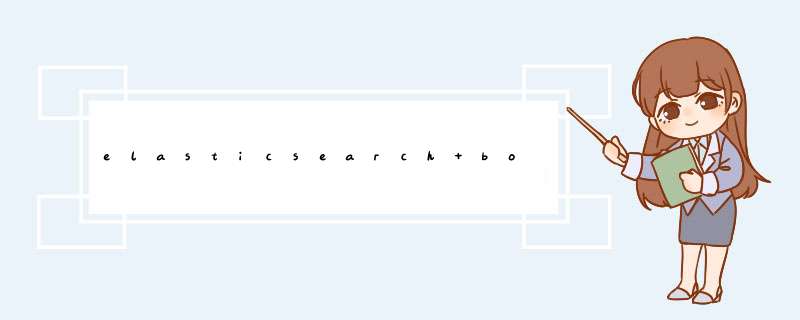
我终于设法创建了一个查询,该查询完全可以实现我想要的功能:
过滤的嵌套布尔查询。我不确定为什么没有对此进行记录。也许有人可以告诉我?
这是查询:
GET /test/object/_search{ "from": 0, "size": 20, "sort": { "_score": "desc" }, "query": { "filtered": { "filter": { "bool": { "must": [ { "term": { "state": 1 } } ] } }, "query": { "bool": { "should": [ { "bool": { "must": [ { "match": {"name": "foo" } }, { "match": {"name": "bar" } } ], "should": [ { "match": {"has_image": { "query": 1, "boost": 100} } } ] } }, { "bool": { "must": [ { "match": {"info": "foo" } }, { "match": {"info": "bar" } } ], "should": [ { "match": {"has_image": { "query": 1, "boost": 100} } } ] } } ], "minimum_should_match": 1 } } } }}在伪SQL中:
SELECt * FROM /test/objectWHERe ((name=foo AND name=bar) OR (info=foo AND info=bar))AND state=1
请记住,它是如何在内部处理name = foo的,这取决于您的文档字段分析和映射。这可以从模糊行为到严格行为不等。
“ minimum_should_match”:1表示,应该至少一个should语句为真。
此语句意味着只要结果集中有一个包含has_image:1的文档,它就会增加100倍。这将更改结果的顺序。
"should": [ { "match": { "has_image": { "query": 1, "boost": 100 } } } ]玩得开心:)
欢迎分享,转载请注明来源:内存溢出

 微信扫一扫
微信扫一扫
 支付宝扫一扫
支付宝扫一扫
评论列表(0条)